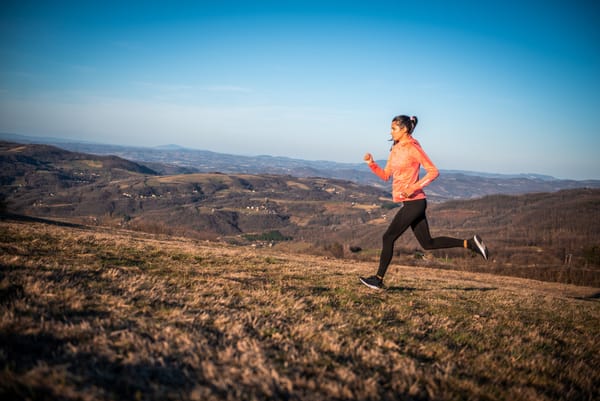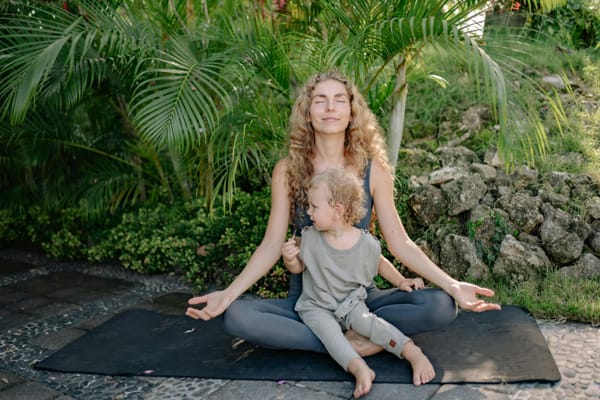When you’re walking outside in cold weather, it can feel counterintuitive to slow down and be present. Mindfulness, or any sort of attention or meditation practice, can really help with this.
Kinhin is more than bringing meditation into the world; it is about experiencing the world and meditation with no separation.
All walking is a meditation of sorts, but kinhin follows a specific path. As meditation teacher Jan Chozen Bays wrote in How to Train a Wild Elephant, “Silent walking is a bridge between one side of meditation—silent sitting in pure awareness - and the other side—speaking and moving about.”
How to Go on a Mindful Walk
Kinhin is, of course, about attention, but it is also about slowing down—truly slowing down, which is not as easy as you might think. Here is how to do it:
- Find a location to walk without distractions. It should be a place where you will not draw attention to yourself, especially if you are outdoors. Make sure the path you have chosen is fairly easy, so that you can focus on just walking, not navigation.
- Lower your gaze, but do not be inattentive, especially when you are walking outdoors.
- Become conscious of your breath (but do not control it) as you begin walking slowly—very slowly—and deliberately. Notice the rise and fall of your chest, and the feeling of the air as it enters and leaves your lungs. Perhaps it slows to the point of synchronizing with your steps.
- Feel the entire motion of your footfall, from heel touching ground to toe rising, as your weight shifts. Then the next step, and the next.
- Your pace should be slow enough that you can remain aware of each step and breath. Now, move even more slowly...
- Be aware of your body. As you walk, pay attention to your posture and your body’s alignment. Keep your back straight and your shoulders relaxed. All the while, notice the sensations in your feet as they contact the ground and your breath in unison.
- Let go of thoughts. Use the process of walking and breathing to keep you connected to the present moment.
- Be compassionate and patient with yourself. Your mind will wander, and when it does, gently bring it back to your breath or your body. There is no need to judge yourself or get frustrated. You will find that this practice will allow you to gradually develop the ability to stay in the present moment for longer periods of time.
- After walking for a while at the slowest pace possible, you can adjust your speed to fi t your level of comfort. Zen kinhin usually begins almost impossibly slowly (especially if you are a city dweller who is used to walking fast) and then can pick up to a comfortable, brisk, or even fast pace.
- There is no set time for kinhin, which is another reason why it is easy adapt to walking outdoors, even in winter. You can practice for as long as you like.
Finding Stillness
When practicing this walking meditation, do not swing your arms or put your hands in your pockets. There is a reason why Zen Buddhist monks walk with their hands clasped in front of them in gassho (prayer position) or in shashu (right hand over left fist) - it helps to create stillness of the body, which offers stillness of the mind.
MORE INSPIRATION
READ Winter Wellbeing published by CICO Books (£16.99)









